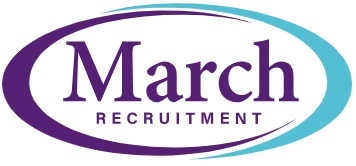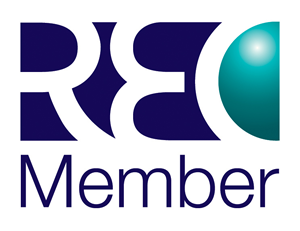Starting a new job is one of the most exciting and potentially overwhelming moments in anyone’s career. A good induction can be the difference between someone who feels like a valued member of the team from day one and someone who feels lost, disconnected, or worse, second-guessing their decision to join.
The bigger picture
At its best, an induction is more than an HR process. It’s an experience that welcomes new starters, helps them understand how the organisation works and shows them how they fit into the bigger picture. It’s also a chance to share the values, culture and expectations that shape daily working life.
A meaningful induction often begins before the employee’s first day. Providing clear information about what to expect, what to bring and who they’ll meet can go a long way towards easing first day nerves. When they do arrive, a well-structured programme that balances practicalities (like IT setup, HR policies and health and safety briefings) with cultural orientation makes a real difference.
Introducing new team members to colleagues and key stakeholders early on helps them build relationships and feel part of the team, rather than simply being briefed on processes. Time for informal conversations, whether it’s over coffee, in team lunches or through buddy systems, helps newcomers pick up on the subtle cultural cues and unwritten rules that define what it’s really like to work there.
A cultural induction
Importantly, an induction shouldn’t be seen as a one-off event squeezed into the first morning. It’s a process that ideally unfolds over days or even weeks. As new employees begin to take on responsibilities, continued guidance, check-ins and opportunities to ask questions help reinforce learning and provide space to raise any concerns. At organisations with strong cultural identities or global roots, a cultural induction can be especially powerful. It helps employees understand the values that shape decision-making and team dynamics, so they can contribute more confidently and feel connected from the outset.
Ultimately, the goal of any good induction is to leave new starters feeling informed, welcomed and motivated to do their best work, not overwhelmed by information or isolated by uncertainty.
How large corporates are structuring their inductions
Large corporates are reinventing the traditional induction with immersive, personalised and often surprising experiences designed to embed culture from day one. At Accenture, for example, new hires step into a virtual ‘One Accenture Park’ in the metaverse, where they’re greeted by avatars, explore the company’s values and meet colleagues around the globe. Zappos reportedly sends all new employees through a four-week ‘Culture Camp’, regardless of role, to internalise its customer-first ethos. Meanwhile, Airbnb focuses on human connection, offering pre-boarding welcome packs and early team bonding sessions that reflect its community-driven brand.
Tech giants are also pushing boundaries. Google uses mentor pairings to boost new joiners’ productivity by up to 25%, while Microsoft ensures hybrid inclusivity with digital toolkits and Q&As with senior leaders. Remote-first companies like Zapier automate the onboarding process through tailored playbooks and assign each newcomer a ‘Zap Pal’ to ease them into the culture. At LinkedIn, inductions are structured around a 90-day roadmap, starting with interactive sessions, headline-writing icebreakers and welcome gifts.
Ultimately a thoughtful induction sets the tone for engagement, retention and long-term success.
Key points to note for a successful induction:
Go beyond paperwork to explain what the company does and why it matters.
Introduce new hires to the team and wider business.
Share practical guidance alongside cultural insight.
Extend beyond the first day, with ongoing support and check-ins.
Help new employees feel confident, valued and excited about their role.


